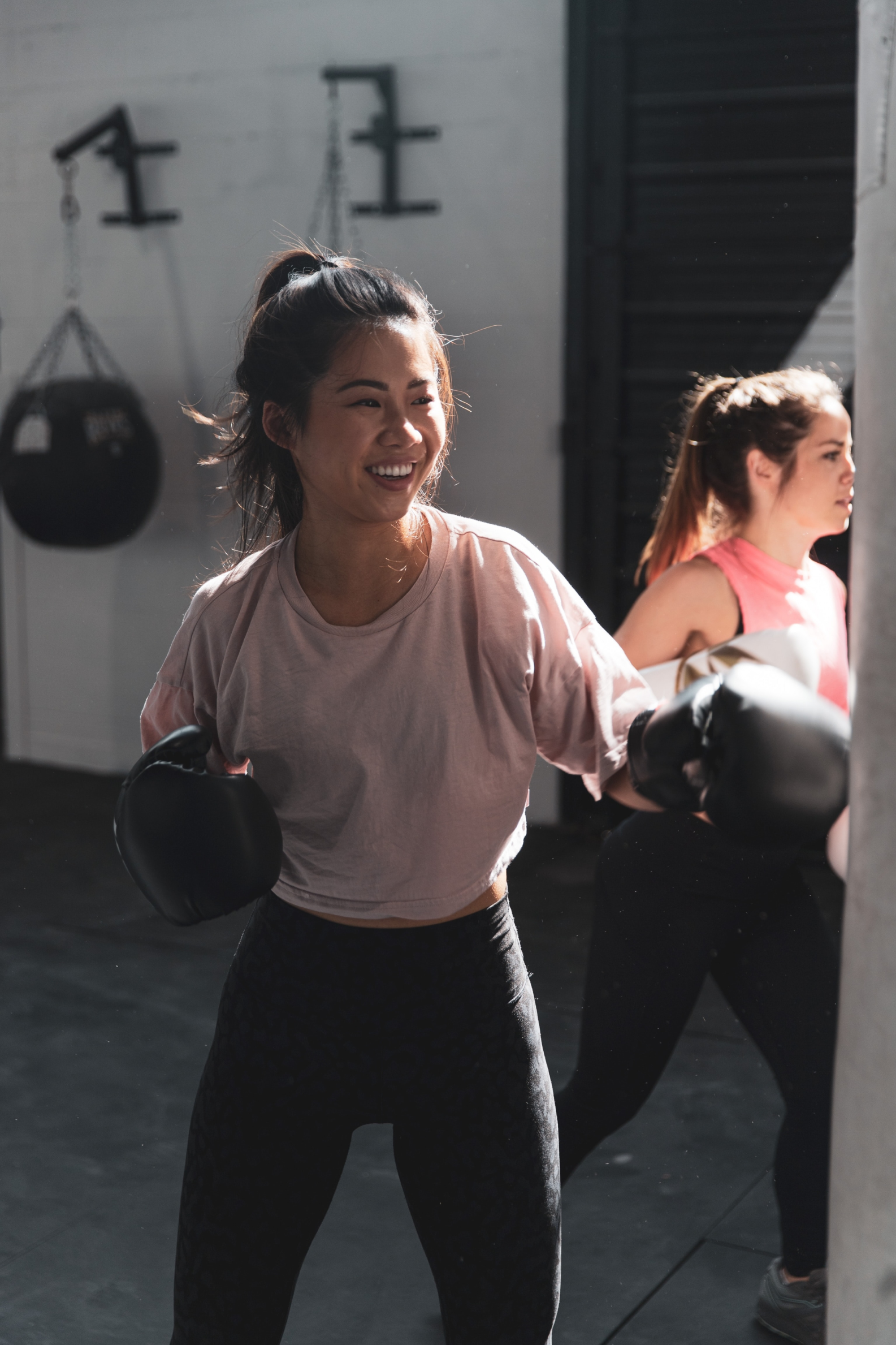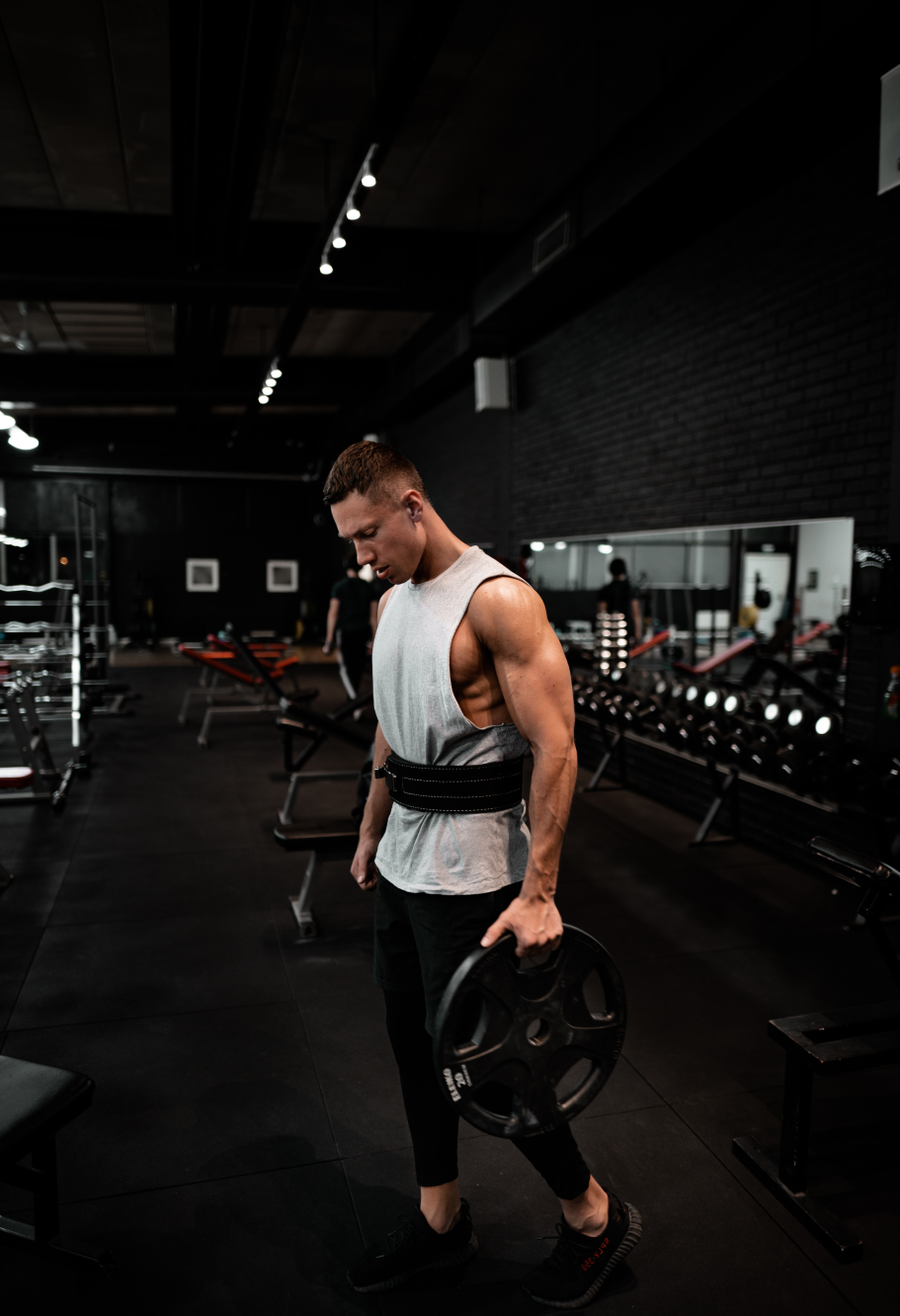The story of Health Xpert
As part of my Careerfoundry study I have designed an application called Health Xpert. This is an application that makes it possible for people that like a healthy lifestyle to connect with an expert to get a tailored advice.
The app has several ways to get in touch with a health expert. There is the possibility to search for an expert, book a video call and chat with an expert.
Problem statement
People that like a healthy lifestyle need a way to get tailored advice because they have a lot of questions about specific health topics.
My role
UX designer
Tools
A short introduction to Health Xpert
The best experts,
one tap away
How I created the app
While creating the Health Xpert application I have followed the 5 steps of the design thinking process. I will go through every step of the design thinking process and explain what things I have done to get the best user experience for my application.
"Health Xpert delivers personalized wellness advice to your fingertips, empowering healthy lifestyles with direct access to top experts via search, video call, or chat—tailored solutions, one tap away."
Empathize
To get more insights about the goals, needs and wants of the user that are interesting in a healthy lifestyle I have conducted user interviews.
User interviews
Four people took part of the user interviews. While creating the script and doing the user interviews I’ve kept this goals in mind:
Better understand user behaviour around the activity of contacting expert and finding information
Determine which tasks users would like to complete using an expert app
Documenting user pain points with existing health apps on the market
Collecting data on the context in which users would use an expert app
Insights
Users are really interested in getting a personal advice if it is about health topics. They do not mind to pay for it, as long as it is a fair price
Users want to book easy and quick a video call
Users want the possibility to chat with an expert before they book a call
Users want to be able to pay with the most common payment methods
Users like to read reviews about the experts
Define
Through user research and analysis, I've created user personas and a user journey map and a task analysis for my new application.
Personas
After collecting a lot of insights while conducting user interviews I have created two user persona’s called Zoe and Justin. The user persona’s helped me to understand the needs, goals, behaviours, motivations and frustrations from the user. I have kept the user persona’s in mind while creating the application to give the users the best experience they can get.
Insights
Users need a personal advice and get tips related to health
Users like to be inspired and to inspire others
Users do a lot of healthy activities already
Users find it hard to get their questions related to health topics answered
Users want to become an expert by gaining knowledge
"Yoga brings my body, mind, and soul into peace and silence.
It’s more than a practice—it helps me find balance, stay present, and carry that calm into my daily life."
User journeys
Next I’ve created user journey maps to show which goals, habits and behaviours they exhibit in reference to the application. Particular actions are shown in a flow while the user is using my application:
Search an expert
Book a video call
Start a video call
Insights
Users go through a lot of emotions while navigating through the application
I’ve discovered several opportunities for the Health Xpert application: search feature, categories and profiles feature, calendar and booking feature, chat and rating feature
User flows
I have created two user flows that Zoe and Justin would go through while reaching a goal within the app. In the user flows we can see interactions, decisions and phases they go through.
Insights
The user flows helped me to make design decisions related to pages, features and which interactions are needed
Beside that the user flows gave me ideas about how to create an easy and user friendly path to go through the product
Ideate
With all the learnings and insights from the persona’s, user journeys and flows it was time to generate some great ideas for the new application.
Sitemap
The insights from the user persona’s, user journeys and user flows helped me to create a first sitemap for the application. To refine my sitemap I have used card sorting. It helped me to better design the information architecture of my application.
I have created a document with the first and final version of the sitemap and insights related the card sorting process.
Insights
I was surprised by all the interesting findings and changes I could do to optimize my sitemap
Related to account and settings there were a lot of differences in the card sorting results
With a senior ux designer I’ve created the final version of the sitemap
Wireframes
After creating and reviewing my low and mid fidelity wireframes I have created high fidelity wireframes with the core features of the application.
Home
Search an expert
Expert profile
Date picker
Chat with an expert
Prototype
After creating the high fidelity wireframes I have made my first prototype for the Health Xpert application.
Prototype
With the high fidelity wireframes I have made with Figma my first prototype from the Health Xpert application. The clickable areas in the application were carefully selected to encourage a cohesive and user-friendly flow for the users.
Insights
I discovered a lot of mistakes or wrong connections in my prototype by testing it several times by myself
It also helped me a lot to let other people test the prototype. With their input I could optimize my prototype and make it ready for the test phase
Test
Next was putting my prototype and designs to the test. I have conducted usability testing, worked with test subjects, analysed the results, made improvements and planned future tests.
Six people took part in a moderated usability test.
The goal was to assess the learnability of the app for users interacting with this application for the first time, and measure how easily they can complete basic tasks such as searching for experts, chat with them and book a video call with them to get a tailored advice.
Errors were rated by severity as per Jakob Nielsen’s four-step scale, collection in a rainbow spreadsheet, and documented in detail in a usability test report.
Usability testing
Insights
Users expect at all times a way to go back in the process or application
Users get easily confused about icons that are not very common or used in other applications
Users get excited while being part of the usability test, they want to click and swipe everywhere
When you create the prototype you expect that some things are logical but in reality a lot of users act different than expected
"I'm on a journey to better health, but I often struggle to find answers to my questions. I want tailored advice that inspires me and enhances my workouts. With this app, I hope to gain the knowledge to become an expert and inspire others."
Preference testing
I have conducted two preference tests for my onboarding screens. A group of 17 participants took part of the first preference tests. The second preference test had a group of 12 participants. Where the first preference test was focussed on colours and images, the second preference test focussed on CTA’s. The preference tests are documented in detail in a preference test report.
Insights
Participants make their decisions based on feelings, associations and expectations
Participants connect a button with a CTA, they do not always connect a text link with a CTA
Final results
After putting my designs to the test I’ve made improvements and created the final wireframes, the final prototype, a design language system and style guide.
Final wireframes
When I was done with usability testing, preference testing, peer review and applying the gestalt psychology and visual design principles to my design I’ve created the final wireframes and a final prototype.
Home
Search an expert
Expert profile
Date picker
Confirmation screen
Design assets
After adapting my designs according to the foundations of visual design and working with responsive frameworks I have created the design documentation for my application for dev handoff.
The design language system and style guide of my application establish clear requirements and rules to ensure design consistency and clarification.
Some final words…
What did I like about this project
The target audience of this application is users with a healthy lifestyle that need tailored advice. I also used to struggle a lot with finding the right answers related to health topics. So it was really interesting to learn about their needs, goals and behavior. It was really interesting to see how I learned week by week more and more about UX, the users and how I could put this knowledge into the design of my Health Xpert application.
What surprised me
What surprised me the most was that it was sometimes really hard to put yourself into the shoes of the user. User testing helped a lot and it also taught me that you should be really careful with assumptions. Where I for example thought that things like icons, links and navigation items were very logical they were not so logical for some of the users.
What excited me
What excited me was the moment that my prototype went ‘live’. It was really nice to see how real users were dealing with the Health Xpert application while trying to fulfil several tasks.
What I learned about myself during this process
I expected that as a former graphic designer that I would already know quite a lot about user experience design. But I discovered a lot of interesting new things that made me like UX design even more. The fact that you are getting really close to the users and do a lot of research, bring ideas alive and are part of creating and optimizing an user experience from a product or service gives a really great and exciting feeling.




























